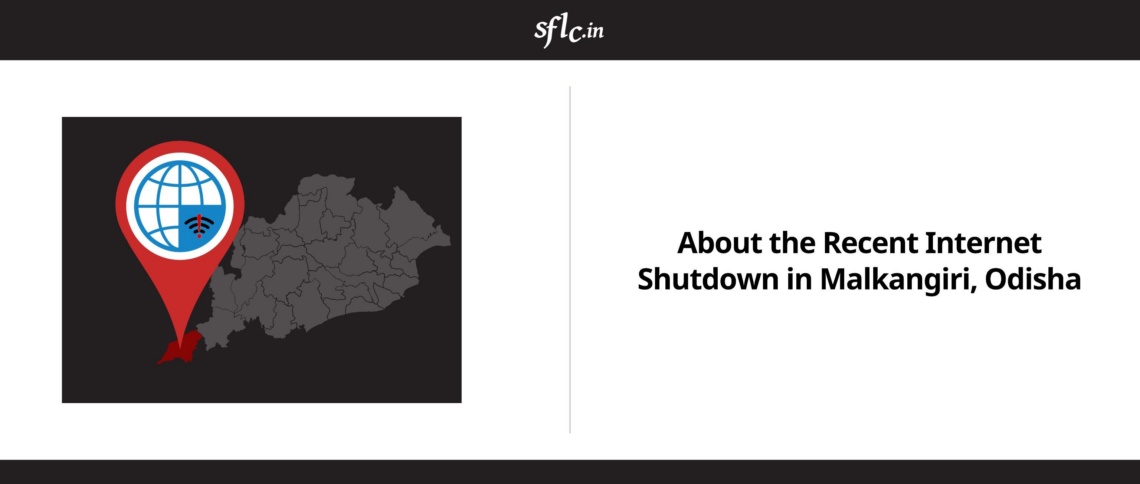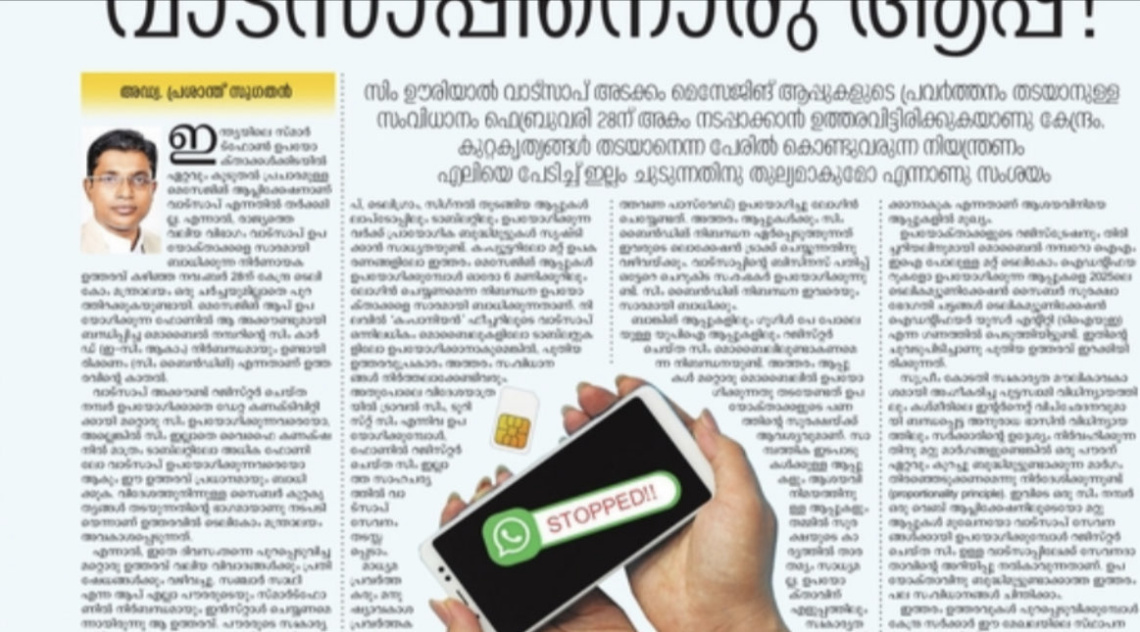 The Aadhaar scheme has undergone scrutinies and challenges at various levels since its inception as the flagship program of the Unique Identification Authority of India (UIDAI) in 2006. In its journey, there have been two separate Bills aimed at according it a statutory status, an extensive scrutiny by a Standing Committee, multiple challenges in the Supreme Court, and heated debates in the Parliament over the Aadhaar Bill, 2016 (now the Aadhaar Act). The following is a time-line, recording the entire Aadhaar process from 2006-2016.
The Aadhaar scheme has undergone scrutinies and challenges at various levels since its inception as the flagship program of the Unique Identification Authority of India (UIDAI) in 2006. In its journey, there have been two separate Bills aimed at according it a statutory status, an extensive scrutiny by a Standing Committee, multiple challenges in the Supreme Court, and heated debates in the Parliament over the Aadhaar Bill, 2016 (now the Aadhaar Act). The following is a time-line, recording the entire Aadhaar process from 2006-2016.
2006:March 3rd: Department of Information Technology, Ministry of Communications and Information Technology gave an administrative approval for a scheme to issue unique ID for Below Poverty Line (BPL) families.
2006:December 4th: Constitution of an Empowered Group of Ministers (EGoM) to collate two schemes -the National Population Register under the Citizenship Act, 1955 and the UID scheme.
2007: First meeting of the EgoM took place where the need for creating an identity related resident database was recognized, thereby leading to the creation of Aadhaar.
2009: The Unique Identification Authority of India (UIDAI) was constituted for the purpose of issuing unique identification numbers by the Central Government. It was decided that the UIDAI will be executive in nature and function under the Planning Commission. Nandan M. Nilekani was appointed as the first chairman of this Authority.
2010: December 3rd: The National Identification Authority of India Bill, 2010 (NIAI Bill) was introduced in Rajya Sabha by the UPA government.
2010: December 10th: The NIAI Bill, 2010 was referred by the Lok Sabha Speaker to a Standing Committee for examination and a report thereafter
2011:December: The Standing committee on Finance under Yashwant Sinha issued a report on the NIAI Bill and rejected the bill in its initial form. It gave recommendations, including the requirement for an over arching privacy legislation and data protection law before the continuance of the scheme, and expressed concern about private agencies being contracted for the collection of sensitive information.
2012: Justice K.S. Puttaswamy, former Karnataka High Court Judge, filed a petition (W.P.(C) 494/2012) before the Supreme Court contending that Aadhaar does not have any statutory basis, and moreover violates fundamental rights of equality & privacy granted to every individual under the Constitution.
2013: Supreme Court in an interim order stated that no person should suffer for not having an Aadhaar card, even if it has been made mandatory by certain authorities to avail benefits (Order dated 23rd September, 2013)
2014: An order is issued by the Supreme Court in the case of UIDAI v. Central Bureau of Investigation (CBI) (SLP (Crl) 2524/2014), (subsequently tagged with Justice Puttaswamy’s petition) asking agencies to revoke any orders made by them making Aadhaar mandatory for availing benefits. Moreover, it also forbid the UIDAI from sharing any information in the Aadhaar database with any agency without the data subject’s consent. (Order dated 24th March, 2014)
2015: August: Three-judge bench of Supreme Court in an order restricted the use of Aadhaar to schemes of LPG, and PDS, and held that no one would be denied the benefits rightfully entitled to them for the lack of an Aadhaar card. It also refers the question of right to privacy as a fundamental right to citizens of India to a Constitutional Bench. (Order dated 11th August,2015)
2015: October: A five judge bench constituted for seeking clarifications on the August order, reiterates that Aadhaar is not mandatory for availing any benefits, but in the interim, expands the scope of the scheme to PDS, LPG, MNREGA, National Social Assistance Program, PM’s Jan Dhan Yojna, and Employees’ Providend Fund Organization. It further asks the CJI to expeditiously constitute a Bench for final hearing of the matter. (Order dated 15th October,2015)
2016: March 3rd: Aadhaar (Targeted Delivery of Financial & Other Subsidies, Benefits & Services)Bill introduced as a money bill in Lok Sabha
2016: March 11th: Aadhaar Bill, 2016 discussed and passed by the Lok Sabha with no amendments, and forwarded to the Rajya Sabha for their consideration
2016: March 16th: Rajya Sabha sends the Bill back to Lok Sabha with its recommendations. Lok Sabha does not consider the recommendations and passes the bill in its original form.
2016: March 25th : President gives assent to the Aadhaar Bill, 2016, according it the status of a law, but the Act will take a few months to come into force.
2016: March 26th: The Aadhaar (Targeted Delivery of Financial & Other Subsidies, Benefits & Services) Act, 2016 is notified in the Gazette of India.
2016: April 7th: Jairam Ramesh, member of Rajya Sabha, moves a petition (W.P. (C) 231/2016) in the Supreme Court challenging the introduction and passing of Aadhaar Act as a money bill.
2016: April 25th: The Supreme Court wishes to hear the Attorney General on 10th May, 2016 before issuing notice in the matter moved by Jairam Ramesh.
2016: May 10th :With respect to Jairam Ramesh’s petition, the Attorney General argues in the Supreme Court that decision of the Lok Sabha Speaker to treat a Bill as money bill is not open for judicial review. However, the Supreme Court asks Jairam Ramesh to submit a note of their submissions & case laws and adjourns the hearing till July.
Image Credits: Projet de biométrie. Credit: Benoit Crouzet/Flickr CC BY 2.0


